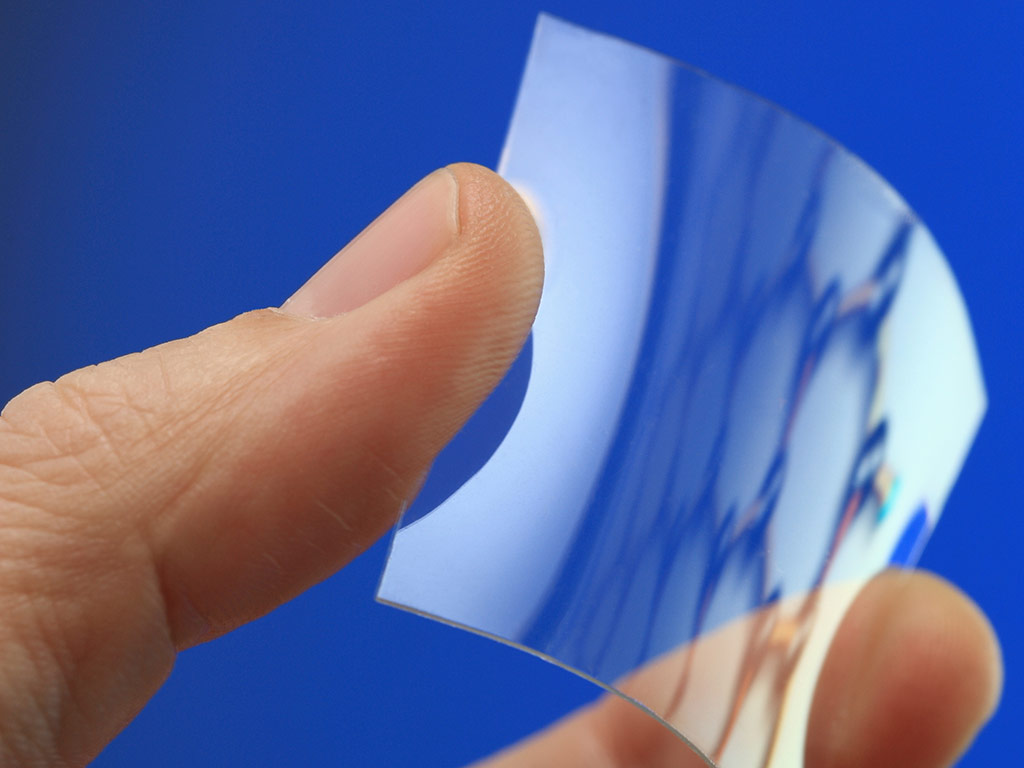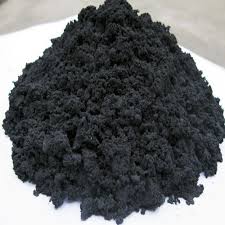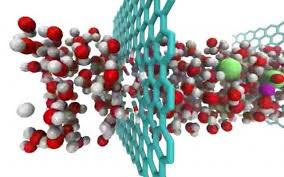Graphene and Nano Graphene Graphen _ Nano graphen (PhD in Nano _ Microelectronics)
Researcher and author: Dr. ( Afshin Rashid)
Note: Nano- graphene is called "supermaterial", the long list of miraculous properties of graphene makes it look almost magical, the easiest way to describe graphene is that it is a thin layer of graphite - soft material and shell Shell used in pencil lead.
Graphite is an allotrope of the element carbon, meaning that it has the same atoms but they are arranged differently and give the material different properties. For example, both diamond and graphite are forms of carbon, yet their nature is very different. Diamonds are extremely strong, while graphite is fragile. Graphene atoms are arranged in a hexagon.
Graphene has outstanding nanoelectronic properties, very high electron mobility and unparalleled nanoscale conductivity. It is so conductive that it transmits electrons ten times faster than silicon. This feature makes hagraphene an ideal candidate for the next generation of nanoelectronic applications such as nanotransistors, nano-batteries, supercapacitors and nano-sensors. It has limited the use of graphene for some applications, such as digital switches with high on-off current ratios. Fortunately, the excitation of quantum confinement and edge effects in graphene nano-strips with uniform, narrow-width (GNRs) and controllable edges address this disadvantage. cover. Electronic applications of graphene in the near future will be dedicated to RFID tags, low-resolution displays, sensors, analog signal processing and electronic device packages.
The unique electronic properties and structure of carbon nanostructures, such as regenerated nanotubes, graphene, and graphene oxide, are used to make nanosensors. In nanosensors, the interaction of electron nanoparticles is absorbed, which changes the electrical conductivity at the surface of graphene nanosensors. Absorption of small amounts of nanoelectrons with very low molecular motion alters the resistance of nano-graphene , which is proportional to the concentration in graphene nanosensors. Different molecular conditions cause different changes in the resistance of graphene, depending on the electron or electron donation of graphene at the nanosensor surface . Since the noise level in graphene is low. Identification limitations With these nanostructures it is more and less sensitive . The reproducibility of these nanostructures in sensor production is less than that of graphene and carbon nanotubes. Graphene, a single-dimensional carbon layer, is a conductive material, but it can be converted into a semiconductor as a nanowire. This means that it has enough energy or a band gap in which there is no electron mode - it can be turned on and off, and therefore may become a major component of nanotransistors.
Researcher and author: Dr. ( Afshin Rashid)
PhD in Nano-Microelectronics





